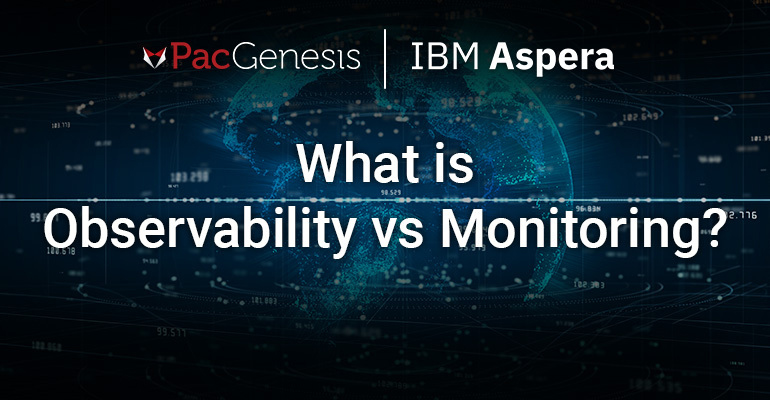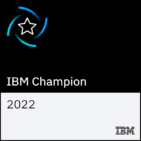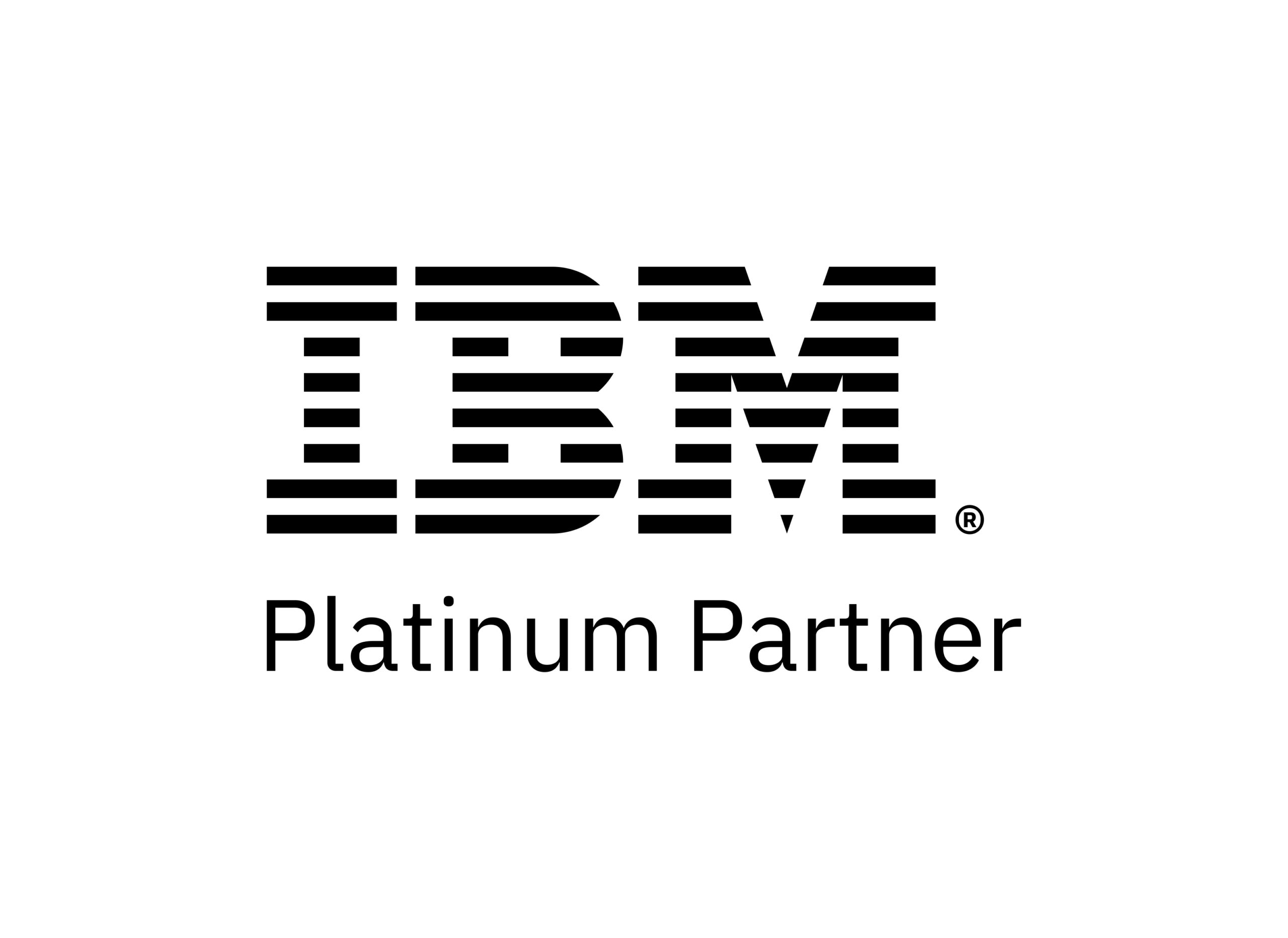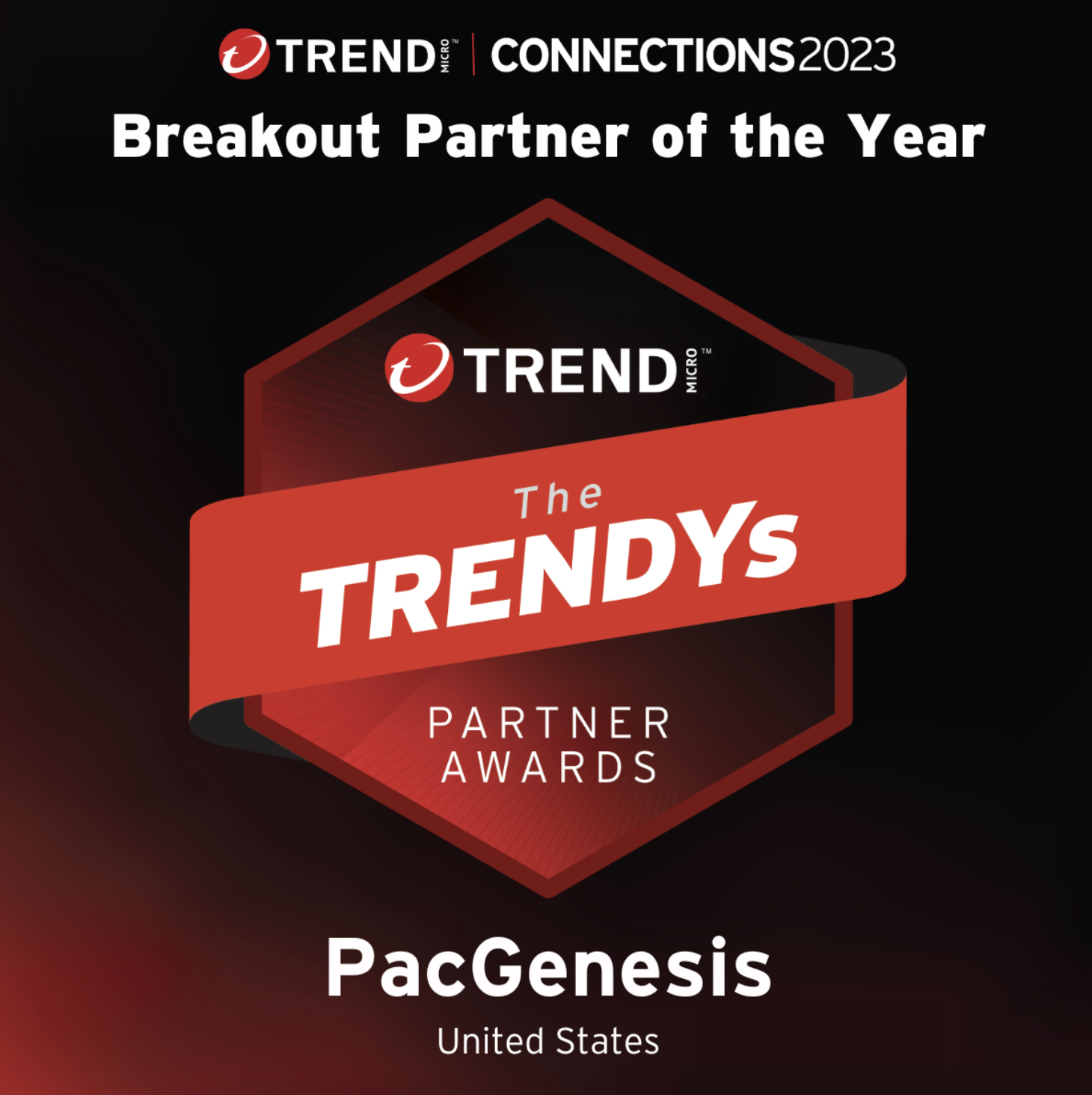What is Observability vs Monitoring?

What is Observability vs Monitoring?
Observability and monitoring are often referenced when discussing IT software development and operations strategies. They both play key parts in keeping systems, data, and security perimeters safe. As more companies pivot their strategies from monitoring to achieving observability, it’s important to understand the difference between the two terms. While observability and monitoring are often used interchangeably, there are key differences between the terms and the tools that enable them.
Sections
What is Observability?
Observability is a technique used to assess the health and performance of IT workloads. It aggregates data from a variety of sources like logs, metrics, and traces. Then, the data derived from this information is used to analyze the system’s overall health and performance with the goal of providing a better user experience.
- Metrics: The measurements of a particular resource, like those gained through performance monitoring.
- Logs: Automatically generated records of various types of events. Contents vary by system and by log type, some being general while others focusing on something specific like security.
- Traces: Also referred to as distributed traces, they are designed to track the way applications or infrastructure work together.
Observability tools use algorithms based on control theory to understand the relationships between systems across a company’s multi-layered IT infrastructures like cloud environments, on-premise software, and third-party applications. They help monitor the health and status of systems and, when it detects an abnormality, it notifies the team and provides the data needed to troubleshoot and solve the issue.
What is Monitoring?
Observability wouldn’t be possible without monitoring. Monitoring refers to tracking the state of an application or system. Companies will use dashboards often developed by an internal team to measure the health of applications, tracking particular metrics. Organizations use monitoring for two main reasons:
- Trend Analysis uses monitoring data to spot long-term trends. For an application, this could mean keeping track of how the application’s performance changes over time. It is also useful for infrastructure capacity planning.
- Event Detection is another use case. Monitoring systems are often paired with alerting mechanisms that can draw an administrator’s attention to errors, security incidents, or other conditions that might need to be dealt with. Automated monitoring and alerting is an important part of keeping applications and infrastructure healthy.
The Difference Between Observability vs Monitoring
Observability could be thought of as an extension of monitoring. They both use available information to help administrators better understand what’s going on with their systems. Monitoring covers a broader scope while observability is more focused on a system’s current state of health and functionality.
Monitoring is great for detecting problematic conditions or for spotting long-term trends, but it isn’t the best tool for troubleshooting problems with complex systems. While the root cause may be revealed within the logs being monitored, sifting through them can be tedious and time-consuming, and those reviewing the data must have some idea of what it is that they’re looking for. With observability, it becomes far easier to pinpoint the individual component that is causing the problem.
Using Observability and Monitoring to Protect Your Company
When it comes to observability vs monitoring, each component is crucial to protecting your company’s security perimeter against unauthorized users. PacGenesis has worked with IT teams and companies for over 10 years, finding and implementing security solutions for their needs. We partner with the best providers of cybersecurity like strongDM to help companies develop a Zero Trust security model they can count on. Contact us today and we’ll listen to the pain points, audit your current technology, and implement the solutions that fit your needs.
To learn more about PacGenesis, follow @PacGenesis on Facebook, Twitter, and LinkedIn, or visit us at pacgenesis.com.



